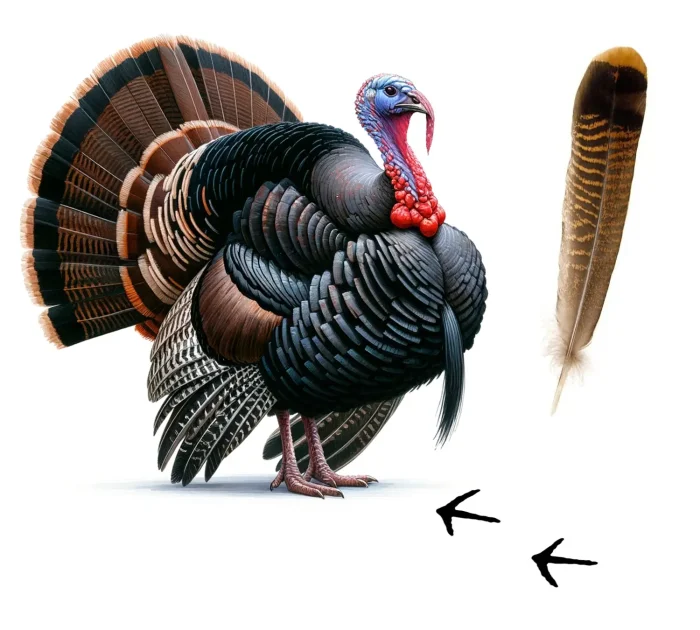

Wild Turkey
Eastern Wild Turkey, Forest Turkey, American Turkey
Meleagris gallopavo
This page may contain affiliate links.
Read our disclosure and privacy policy here.
Wild turkeys are amazing birds that roam the forests and fields of North America. They are not just for Thanksgiving! These birds are known for their impressive size, beautiful feathers, and unique behaviors. Wild turkeys can fly short distances and roost (rest) in trees at night to stay safe from predators. They are very social animals, living in groups called flocks. Let’s learn more about these fascinating creatures and their lives in the wild.
Wild Turkey

There’s a lot to explore right where we are, in our own neighborhoods and backyards! Join us while we get off the couch and explore the everyday wonders of nature, science, space, engineering, art, and anything else we stumble upon during on our adventures.







